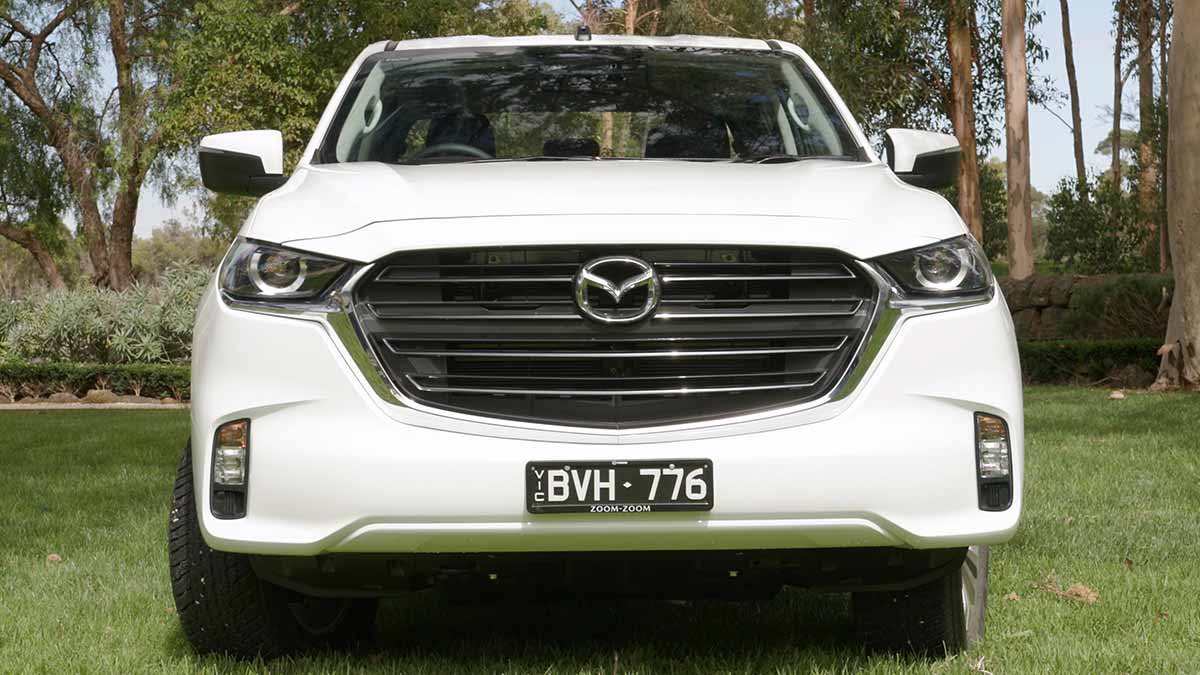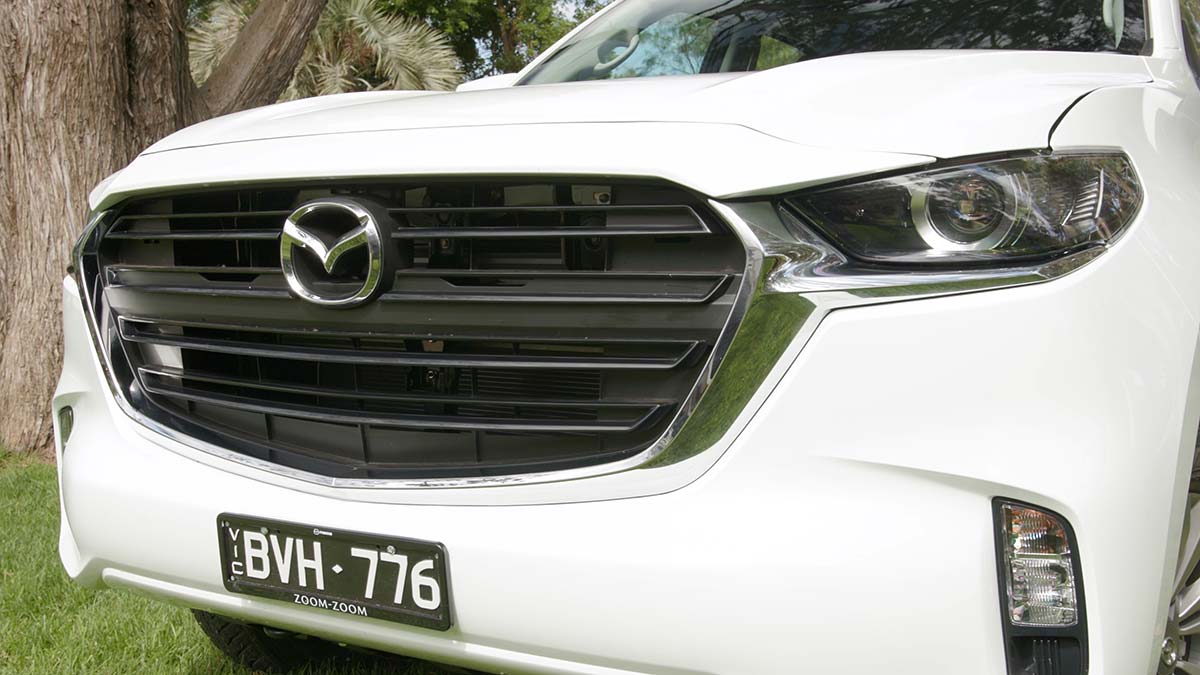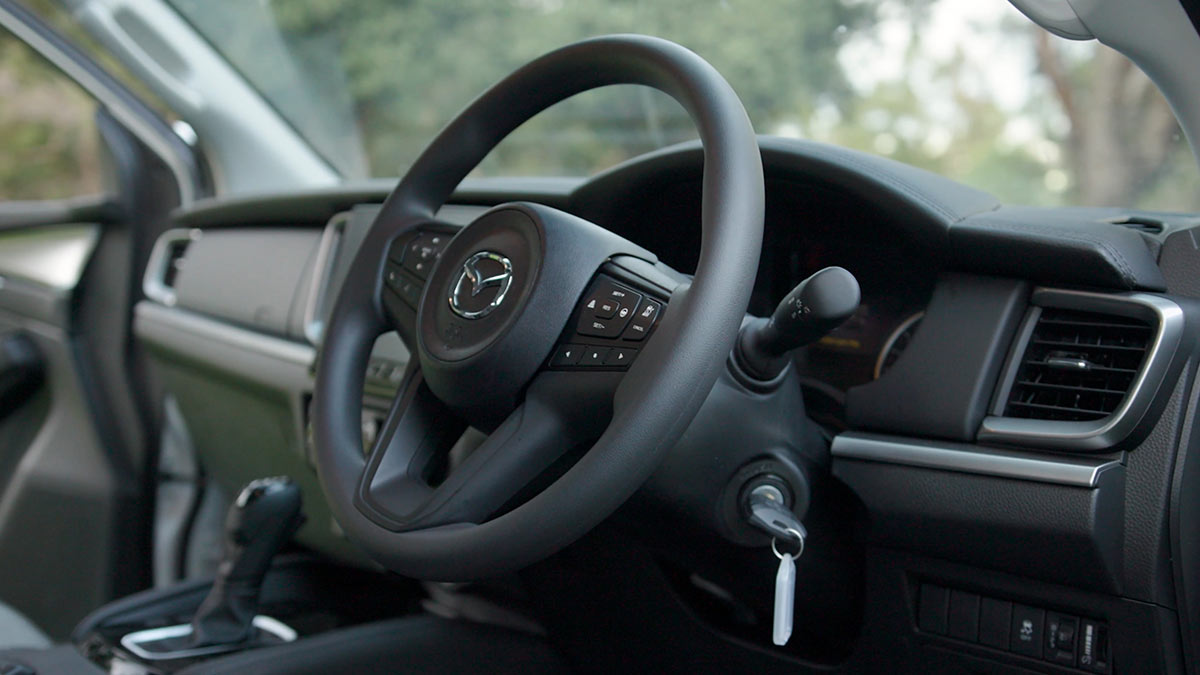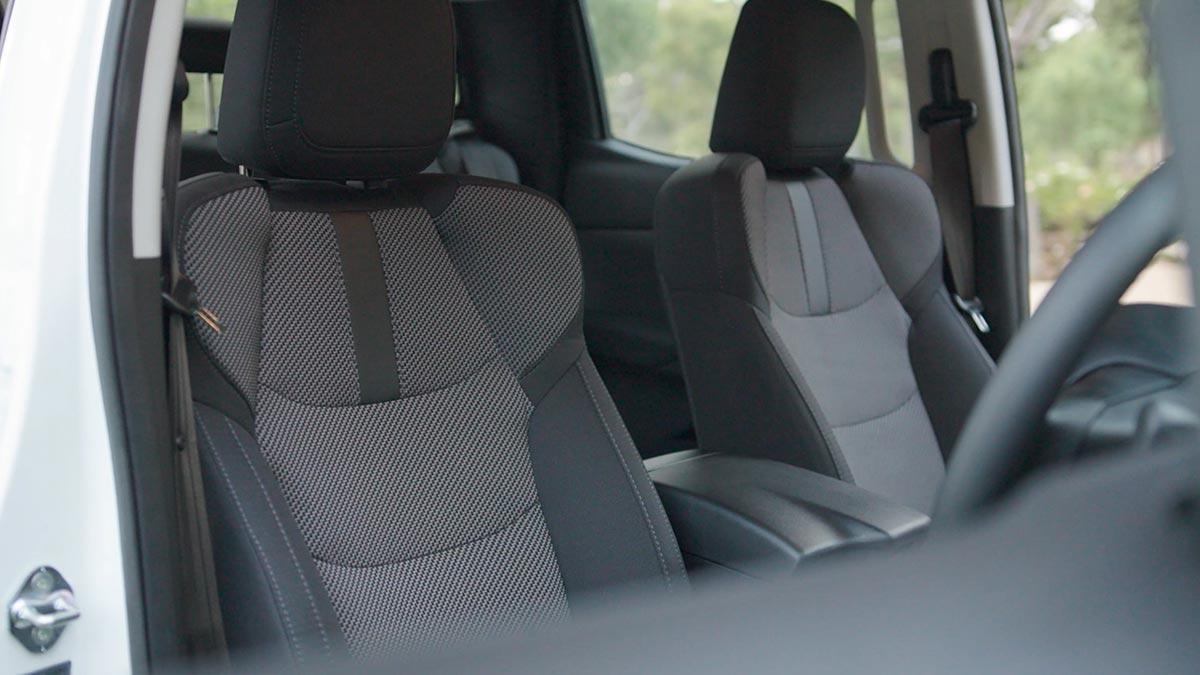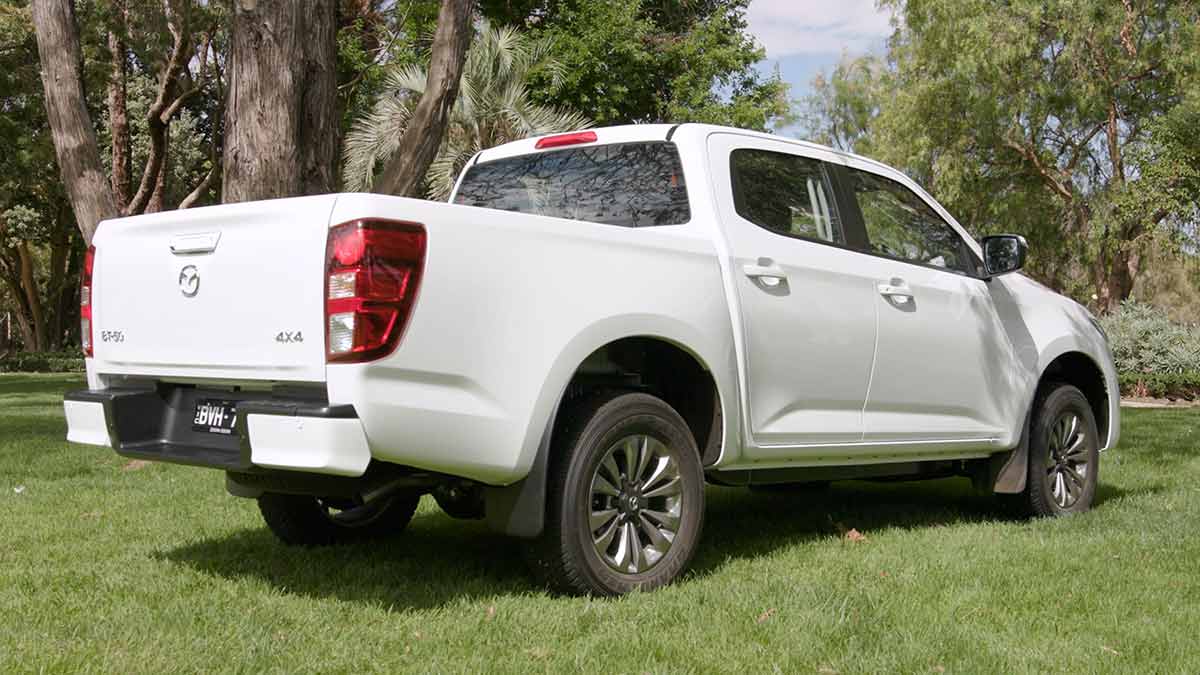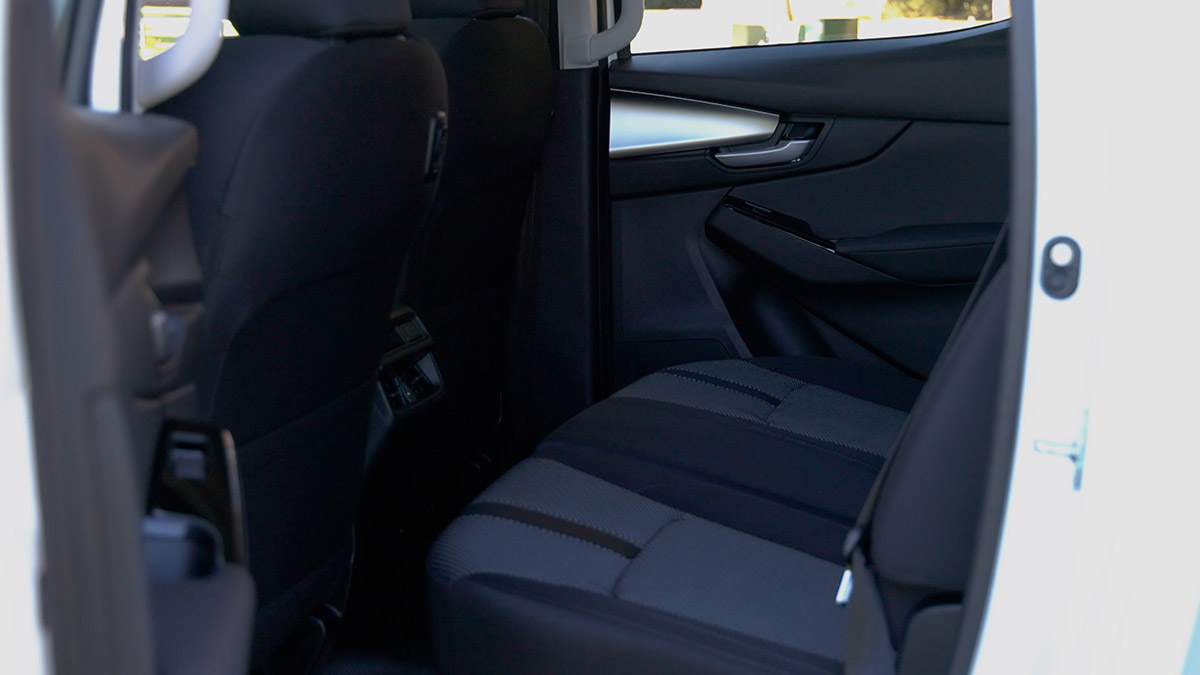The Foton Tunland joins Australia's dual-cab ute market as an affordable mild-hybrid diesel under $50,000, offering strong capability against tough competition.
Lightening the load: 2022 Mazda BT-50 XS road test review

Cutting the engine capacity has allowed Mazda to cut the price of its popular four-door ute. That’s a win for tradies and fleet operators looking for a workhorse without the luxury features.
Mazda’s four-door ute range expanded earlier this year with the introduction of new “XS” versions powered by a 1.9-litre engine.
The smaller capacity engine let Mazda lower the lower purchase price and spruik the potential for reduced running costs.
That earnt the attention of fleet owners who need the versatility of a four-door ute without necessarily needing the extra towing capacity that comes with the 3.0-litre turbodiesel engine.
It also gave Mazda a point of difference over the Isuzu D-Max. While the two vehicles are mechanically identical, Isuzu doesn’t fit the 1.9-litre engine into its four-door models.
On this page
- How much does the Mazda BT-50 XS cost?
- Is the Mazda BT-50 XS safe?
- What's the Mazda BT-50 XS like inside?
- What's under the Mazda BT-50 XS's bonnet?
- Is the Mazda BT-50 XS efficient?
- How does the Mazda BT-50 XS drive?
- Should I buy one?
How much does the Mazda BT-50 XS cost?
A dual-cab rear-wheel-drive Mazda ute with the 1.9-litre engine has a sticker cost of $42,790, equating to a driveaway price of $47,593 for Melbourne-based buyers.
Go for the four-wheel-drive model and the list price is $51,410 or $56,446 on the road for a private buyer in the 3000 postcode.
In both cases the only transmission choice is a six-speed automatic. The BT-50 XT enjoys the same specification, though powered by the more familiar 3.0-litre four-cylinder turbodiesel. Prices are around $3,000 more for the comparable variants.
Opposition players include:
- Toyota HiLux Workmate Double automatic from $46,786 driveaway for the 4x2 version to $53,594 plus on-road costs for the 4x4.
- Mitsubishi Triton GLX auto at $41,990 on the road for a rear-wheel-drive or $45,990 for the 4x4.
- Nissan Navara SL automatic at $46,239 driveaway or $53,567 for the four-wheel-drive.
- Upcoming Ford Ranger XL at $42,330 plus on-road costs for a 4x2 and $49,930 for the 4x4.
- GWM Ute at $34,990 for a two-wheel-drive unit and $37,990 for the four-by-four.
Service intervals for the Mazda BT-50 XS are 12 months or 15,000km and a five-year pre-paid plan costs $2005 for the 4x2 and $2088 for the 4x4.
Is the Mazda BT-50 XS safe?
A 2022 crash-test earned all BT-50 variants (excluding the Thunder) a five-star ANCAP rating.
Adult occupant protection was deemed to be 83 per cent, a result largely attributable to a relatively poor score (3.23 out of 8 points) in the frontal offset crash test.
Child occupant protection was judged to be 89 per cent, while protection for vulnerable road users (cyclists and pedestrians) was rated at 67 per cent and safety assist systems were deemed to be 84 per cent.
What’s the Mazda BT-50 XS like inside?
A downsized 7.9-inch infotainment screen, cloth seats and vinyl flooring are the obvious indicators you’re in the XS.
The climate control settings are also controlled with basic dials, rather than the toggle switches found on higher-spec models.
I’d live with the cloth seats, given they’re still bolstered as well as the more expensive versions and the fabric feels durable to the touch, which is a consideration if you’re a tool-belted tradie sliding in and out of the work bus multiple times a day.
Less enamouring is the infotainment display. Beyond the small 7.0-inch size are the rudimentary standard apps, though it does atone by having wireless Android Auto and Apple CarPlay connectivity.
The assumption is most buyers will use their devices to project apps onto the Mazda’s screen. Given the dearth of other options, that’s likely to be the case.
The vinyl flooring suits the utilitarian nature of this vehicle. Most buyers will be tradies who can’t afford a flasher ute or companies looking for reliable transport for their staff.
What’s under the Mazda BT-50 XS’s bonnet?
The XS’s biggest point of difference from the rest of the Mazda BT-50 range is its 1.9-litre four-cylinder turbodiesel engine. Outputs of 110kW and 350Nm are down by 30kW and 100Nm on the bigger 3.0-litre four-cylinder found in the rest of the line-up.
Helping offset that is a lighter kerb weight, meaning the smaller engine is pushing around 80kg less than its bigger capacity sibling.
The XS engine is exclusively paired to a six-speed automatic transmission. That makes sense given its target market: fleet buyers and business-minded tradies alike don’t want to be bothered with having to manually shift gears.
Is the Mazda BT-50 XS efficient?
Beyond the price difference, one of the key reasons the XS is likely to appeal to potential buyers is the lower running costs.
Claimed combined fuel use of 6.9 litres over 100km for the four-wheel-drive version is 0.8 of a litre down on the 3.0-litre engine.
Urban fuel economy of 8.1 litres/100km is an impressive 1.6 litres more frugal.
The fuel tank holds 76 litres, meaning a theoretical 1,000km range is achievable.
How does the Mazda BT-50 XS drive?
Steering the BT-50 is anything but a chore. Despite their working-class heritage, four-door utes have evolved into a more-than-competent daily drivers and the Mazda is one of the better examples.
The rear-end is a touch jittery without a load in the tub as the leaf-spring suspension twitches over lumpy bitumen and road joins but the motion rarely jostles the occupants.
The 1.9-litre turbodiesel is noticeably noisier under moderate throttle than its bigger-capacity stablemate and sounds more “diesel-like”, with the characteristic clatter.
In terms of performance, it still possesses enough urge to push the BT-50 up hills at a decent rate, though I suspect the torque deficit would be evident with a full payload or when pulling two-tonnes or more.
The steering is accurate without being overly communicative, though the lane-keeping software could be calibrated to not be as abruptly interventionist.
Should I buy one?
If you’re buying the Mazda BT-50 XS as a work vehicle that won’t be hauling massive loads, then yes.
If you’re a private buyer or plan to regularly test the BT-50’s load and/or towing capacities, invest in the 3.0-litre XT version. Yes, it will cost another $3,000 or so but it will also be a more relaxed drive and won’t be working as hard, so it should use comparable, or even less, fuel.
The information provided is general advice only. Before making any decisions please consider your own circumstances and the Product Disclosure Statement and Target Market Determinations. For copies, visit racv.com.au. As distributor, RACV Insurance Services Pty Ltd AFS Licence No. 230039 receives commission for each policy sold or renewed. Product(s) issued by Insurance Manufacturers of Australia ABN 93 004 208 084 AFS Licence No. 227678.
